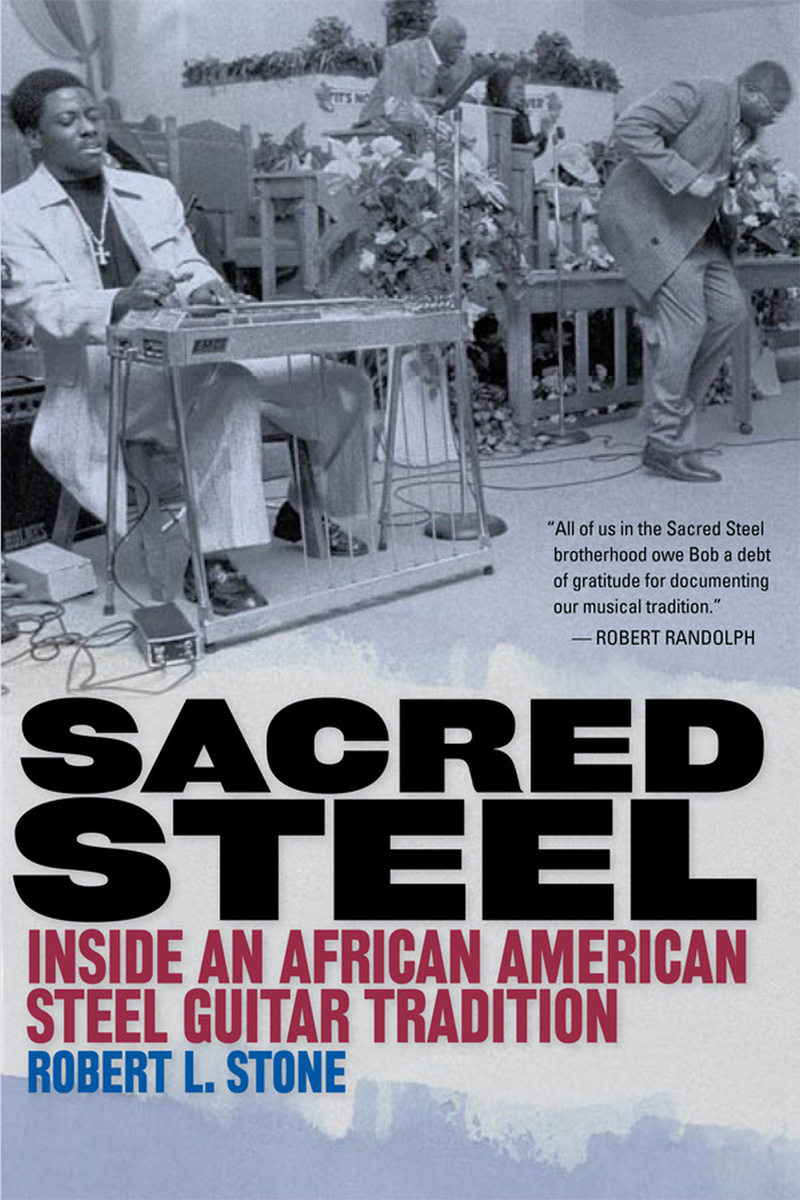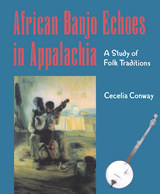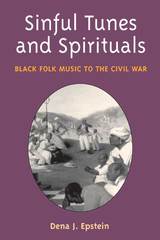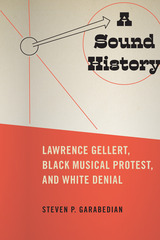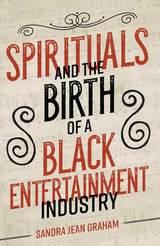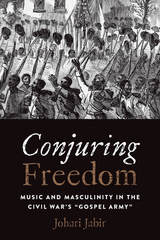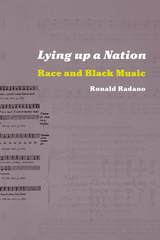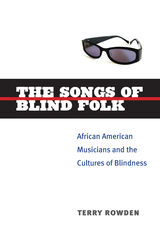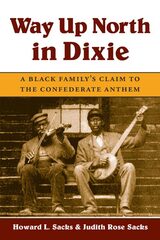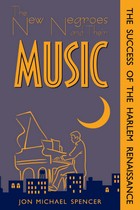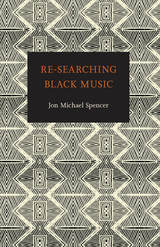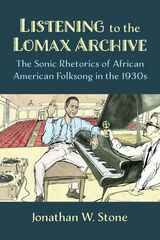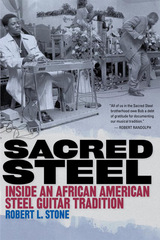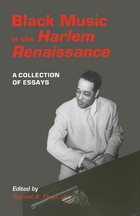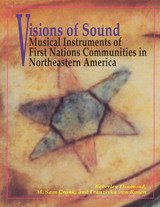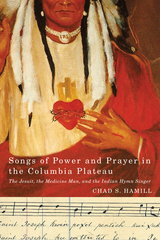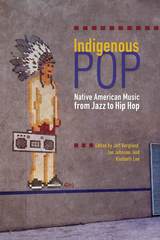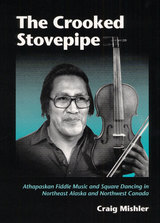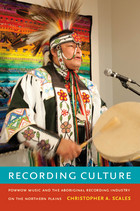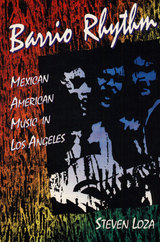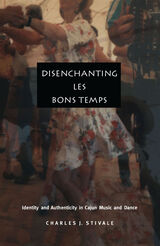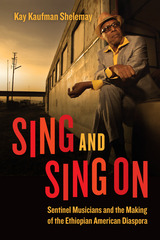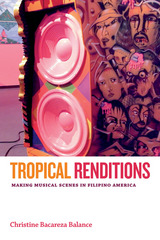Sacred Steel: Inside an African American Steel Guitar Tradition
University of Illinois Press, 2010
Cloth: 978-0-252-03554-8 | eISBN: 978-0-252-09030-1 | Paper: 978-0-252-07743-2
Library of Congress Classification ML3556.S876 2010
Dewey Decimal Classification 787.87171994009
Cloth: 978-0-252-03554-8 | eISBN: 978-0-252-09030-1 | Paper: 978-0-252-07743-2
Library of Congress Classification ML3556.S876 2010
Dewey Decimal Classification 787.87171994009
ABOUT THIS BOOK | AUTHOR BIOGRAPHY | REVIEWS | TOC
ABOUT THIS BOOK
In this book, Robert L. Stone follows the sound of steel guitar into the music-driven Pentecostal worship of two related churches: the House of God and the Church of the Living God. A rare outsider who has gained the trust of members and musicians inside the church, Stone uses nearly two decades of research, interviews, and fieldwork to tell the story of a vibrant musical tradition that straddles sacred and secular contexts.
Most often identified with country and western bands, steel guitar is almost unheard of in African American churches--except for the House of God and the Church of the Living God, where it has been part of worship since the 1930s. Sacred Steel traces the tradition through four generations of musicians and in some two hundred churches extending across the country from Florida to California, Michigan to Alabama. Presenting detailed portraits of musical pioneers such as brothers Troman and Willie Eason and contemporary masters such as Chuck Campbell, Glenn Lee, and Robert Randolph, Stone expertly outlines the fundamental tensions between sacred steel musicians and church hierarchy.
In this thorough analysis of the tradition, Stone explores the function of the music in church meetings and its effect on the congregations. He also examines recent developments such as the growing number of female performers, the commercial appeal of the music, and younger musicians' controversial move of the music from the church to secular contexts.
See other books on: African American churches | African American guitarists | Blues | Church music | Inside
See other titles from University of Illinois Press
